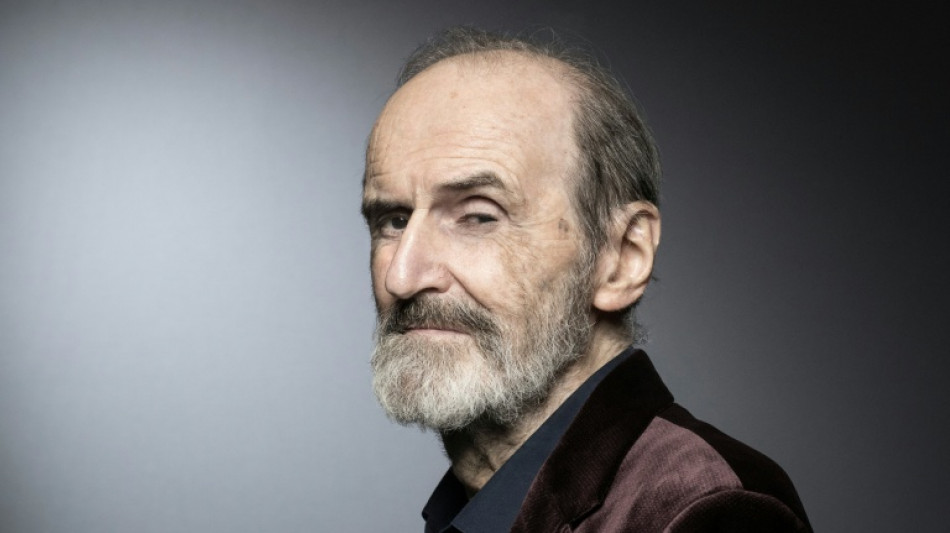

Bulatov, pillar of Russian contemporary art scene, dies at 92
Erik Bulatov, a pillar of Russia's contemporary art scene known for works mocking Soviet propaganda, has died in Paris at the age of 92, the Russian Academy of Fine Arts told AFP Monday.
Bulatov was best known as one of the creators of the Sots Art movement that made use of Soviet slogans and shot him to fame in the final years of the USSR.
"One of the founders of Moscow conceptualism and Sots-Art passed away on Sunday in Paris, as confirmed by his wife," an academy spokesperson told AFP.
Bulatov's ironic works contrasted with the serious and dogmatic state-approved art in the Soviet Union.
His most famous work is dubbed Glory to the CSPU -- the Communist Party of the Soviet Union -- written in large red letters on the backdrop of a clear blue sky.
It was auctioned off in London for $2.2 million in 2008.
Sots Art was inspired by Pop Art, an art movement that used imagery from Western mass culture.
While his ironic art earned him popularity in Moscow intellectual circles, he was largely unknown to a broader audience until shortly before the collapse of the Soviet Union.
Bulatov left the Soviet Union in the late 1980s.
He was born in 1933 in the Urals city of Yekaterinburg -- known as Sverdlovsk at the time -- into a family of staunch communists.
Bualatov worked as a children's book illustrator after graduating from arts school.
He later formed an art collective called Sretensky Boulevard, part of a wider contemporary art movement opposing official art known as Moscow Conceptualists.
Art was tightly controlled in the USSR, with artists who did not tow the party line remaining underground until some liberalisation in the late Soviet period, when Bulatov's works were exhibited at the Venice Biennale in 1988.
This was when he gained international fame and migrated first to New York and then to Paris.
Y.Iglesias--GBA



